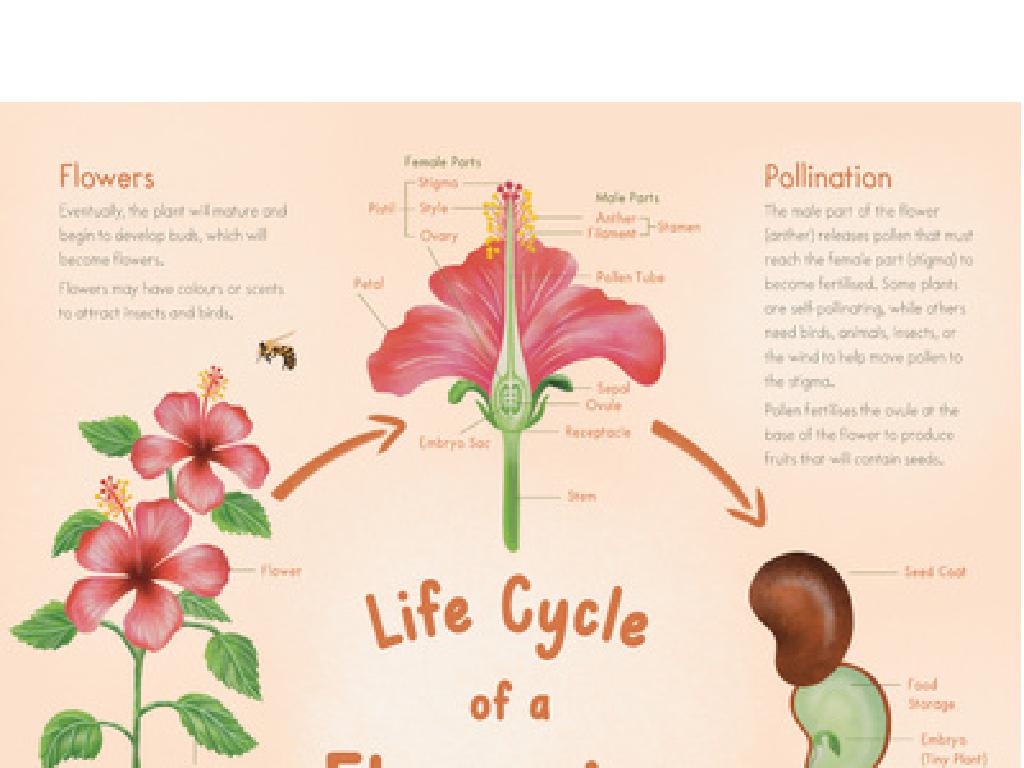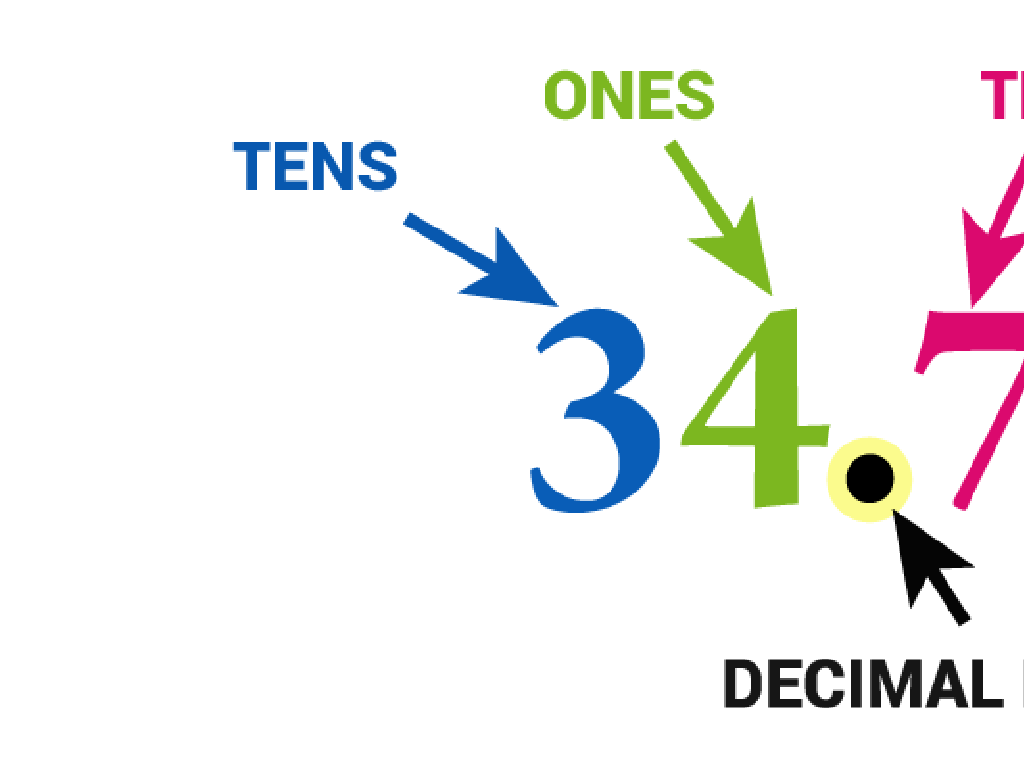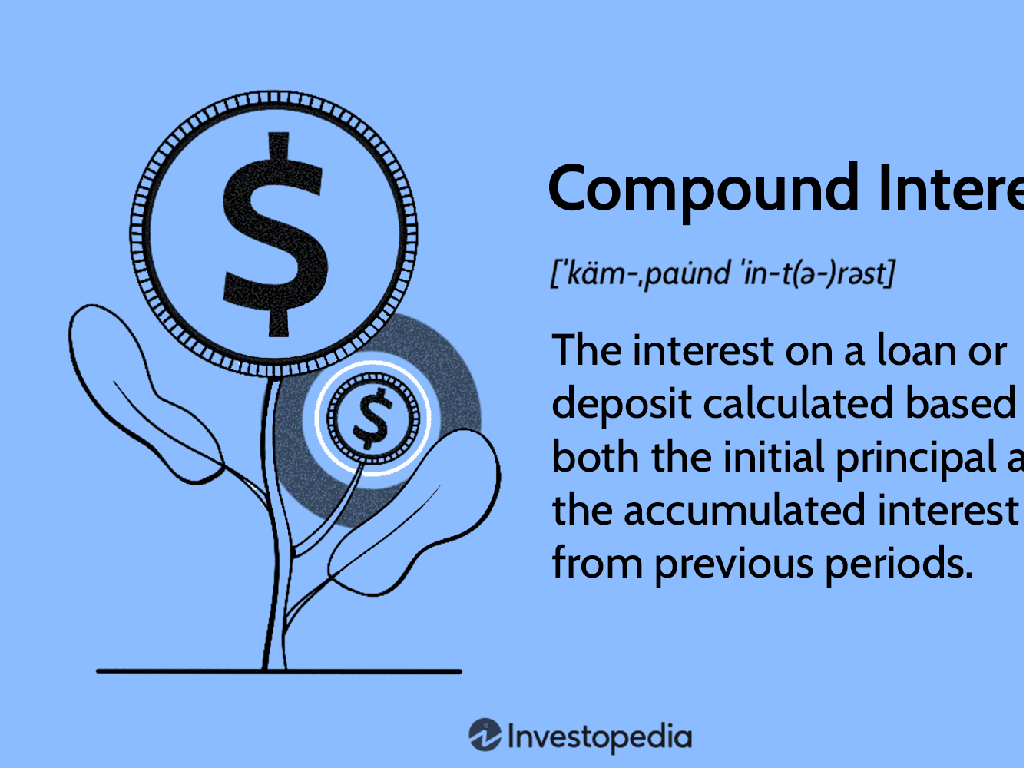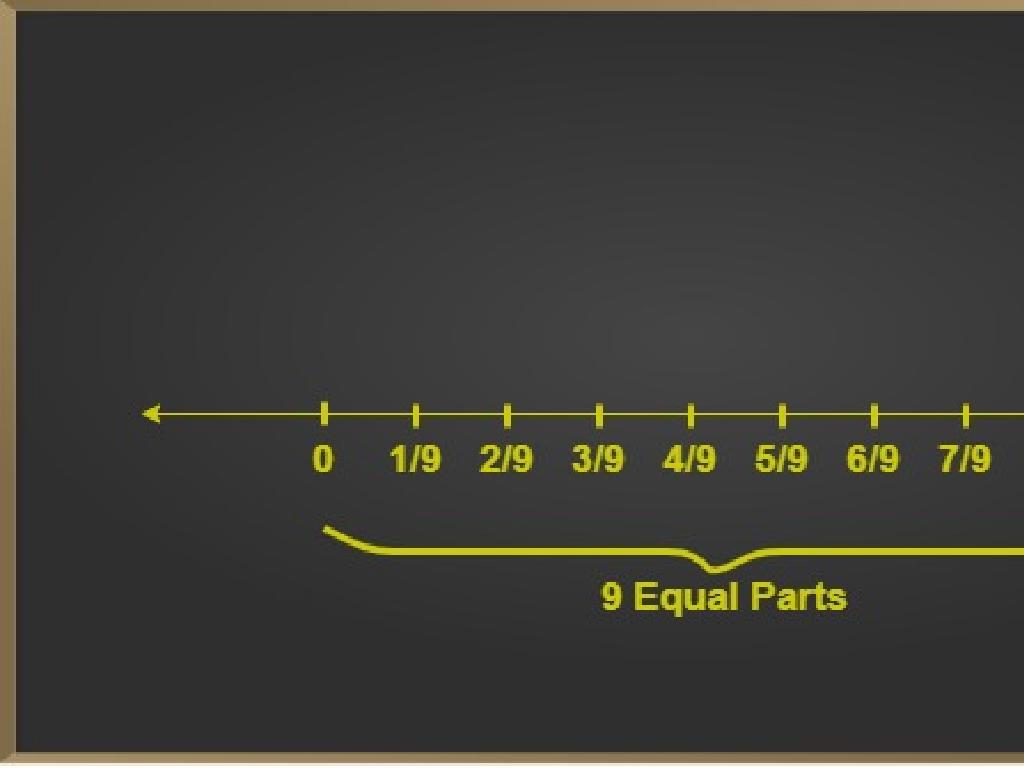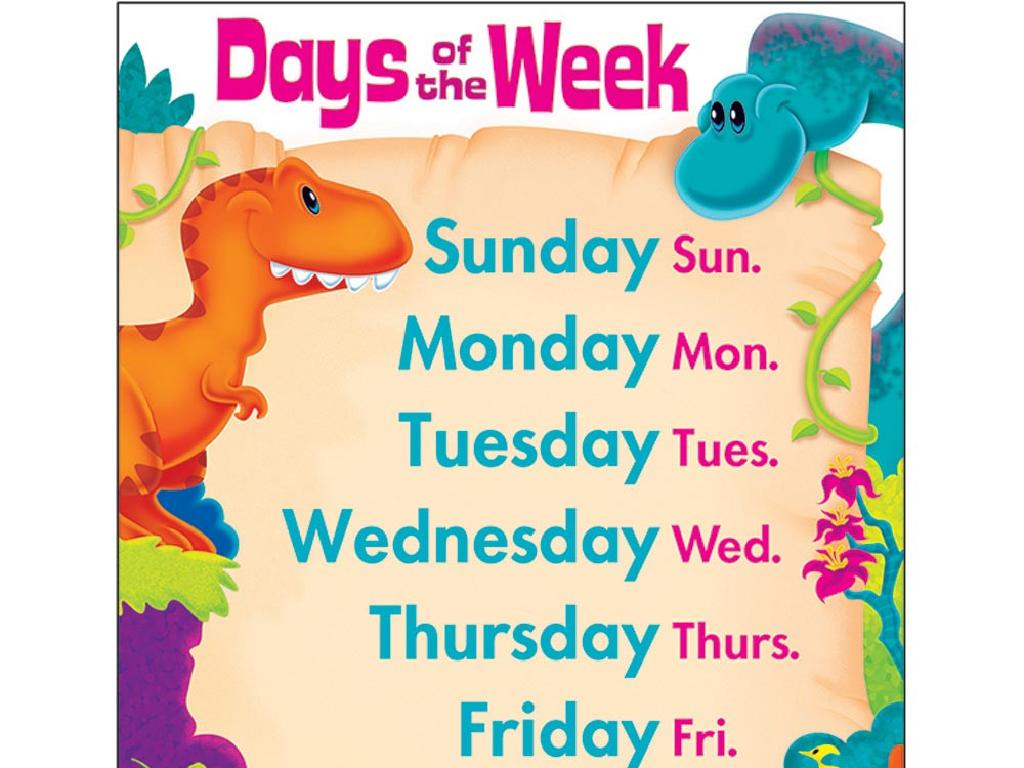Count Coins And Bills Word Problems - Up To $5 Bill
Subject: Math
Grade: Third grade
Topic: Money
Please LOG IN to download the presentation. Access is available to registered users only.
View More Content
Introduction to Money: Coins and Bills
– Learn about U.S. currency
– Identify coins and their values
– Pennies, nickels, dimes, quarters and their worth
– Recognize different bills up to $5
– $1, $2, $5 bills and features to know them
– Understand counting money’s value
– Counting money helps with buying things and making change
|
This slide introduces students to the concept of money, specifically focusing on U.S. currency. Start by explaining what currency is and why it’s important. Show real examples of coins (penny, nickel, dime, quarter) and their values, as well as the $1, $2, and $5 bills. Discuss the importance of recognizing and counting money, as it is a necessary skill for everyday transactions such as shopping and saving. Use interactive activities like matching games or role-playing a store scenario to reinforce the lesson. Encourage students to practice counting with real or play money to build their confidence and understanding.
Recognizing Coins and Their Values
– Learn names and values of coins
– Penny equals 1 cent
– A penny is copper-colored and the smallest value.
– Recognize coins by size and color
– A penny is small and copper, a nickel is larger and silver, a dime is small and silver, and a quarter is large and silver.
– Nickel, Dime, and Quarter values
– Nickel = 5 cents, Dime = 10 cents, Quarter = 25 cents
|
This slide is aimed at helping third-grade students become familiar with the different coins used in the United States and their respective values. Start by introducing the names of the coins: penny, nickel, dime, and quarter. Show real coins or images to help students recognize each coin by its size and color. Emphasize that a penny is copper-colored and worth 1 cent, a nickel is larger and silver worth 5 cents, a dime is smaller than a penny but worth 10 cents, and a quarter is the largest coin worth 25 cents. Encourage students to handle coins and observe their features. You can also introduce simple exercises where students match coins to their values or sort a collection of coins. This practical knowledge lays the foundation for solving word problems involving money up to a $5 bill.
Recognizing Bills: Know Your Money
– Learn names and values of bills
– Bills come in $1, $2, $5, each with a different value
– Differentiate $1, $2, $5 bills
– $1 bill has George Washington, $2 has Thomas Jefferson, $5 has Abraham Lincoln
– Discuss bill portraits and symbols
– Portraits help identify the bill; symbols represent the U.S. and its history
|
This slide aims to help students become familiar with U.S. currency, specifically the $1, $2, and $5 bills. Start by showing real bills or images and pointing out the names and values. Explain that each bill has a unique portrait and set of symbols that make it easy to tell them apart. George Washington is on the $1 bill, Thomas Jefferson on the $2 bill, and Abraham Lincoln on the $5 bill. Discuss the significance of these historical figures and the symbols like the U.S. Treasury seal. Encourage students to handle the bills and observe the details, reinforcing their learning through tactile and visual interaction. This foundational knowledge will be crucial for solving word problems involving money.
Counting Coins: Mastering Money Math
– Group coins to count
– Sort coins into groups by value, then add them together.
– Start with the highest value
– Begin counting with quarters, then dimes, nickels, and pennies.
– Practice with real or play coins
– Use hands-on practice to help remember coin values.
– Understand value combinations
|
This slide is aimed at teaching third graders how to efficiently count coins. Start by explaining the concept of grouping coins, which simplifies the counting process. Emphasize starting with the highest value coin to make counting easier and quicker. Provide real or play coins for students to practice with, as tactile learning can be very effective. Encourage students to explore different combinations of coins that add up to the same value, enhancing their understanding of money and preparing them for word problems involving various sums up to a $5 bill. During the activity, walk around the classroom to assist and assess individual student progress.
Counting Bills and Coins
– Organize bills by value
– Sort bills into groups: $1, $2, $5
– Start counting with the highest bill
– Always count from largest to smallest
– Practice with real or play money
– Use hands-on experience to learn
– Understand total value up to $5
|
This slide is aimed at teaching third graders how to count money efficiently. Start by explaining the importance of organizing bills by their value before counting. This simplifies the process and reduces errors. Demonstrate counting starting with the highest denomination to make addition easier. Provide students with real or play money to practice this skill in a tangible way, which helps solidify their understanding. Emphasize that the total value of the money they are counting should not exceed $5, as this is the limit for this lesson. In the next class, have students practice by presenting them with various combinations of bills and asking them to find the total value. This practical application will help them grasp the concept of counting money.
Solving Coin Word Problems
– Read a coin problem aloud
– Comprehend the problem’s goal
– What is the total amount of money to find?
– Solve the problem step by step
– Use addition for combined values of coins
– Review the solution together
– Ensure the answer makes sense in context
|
This slide is aimed at helping students tackle word problems that involve counting coins. Start by reading the problem aloud to ensure all students understand the narrative. Discuss the objective of the problem, which is typically to find the total value of the coins mentioned. Guide the students through solving the problem step by step, using addition to combine the values of different coins. Encourage them to check their work by reviewing the steps taken and verifying that the solution is reasonable within the context of the problem. Provide examples such as, ‘If you have 3 quarters, 4 dimes, and 2 nickels, how much money do you have in total?’ This exercise will enhance their problem-solving skills and their ability to apply mathematical operations to real-life situations.
Solving Word Problems with Bills
– Read a bill-related word problem
– Determine bills to reach an amount
– If you need $3, which bills will you use?
– Class solves the problem together
– We’ll use addition or subtraction to solve.
– Discuss different solutions
– There can be more than one way to make the same amount.
|
This slide is aimed at engaging the class in a collaborative problem-solving activity focused on counting bills. Start by reading a word problem aloud to the class, ensuring clarity and understanding. Then, guide students to identify which bills could be used to make up a specific amount of money, discussing the different combinations possible with $1, $2, and $5 bills. Work through the problem as a class, encouraging students to participate in finding the solution. Emphasize that there may be multiple ways to reach the same total and validate different approaches. This activity will help students apply their knowledge of bills to real-life scenarios and enhance their critical thinking skills.
Combining Coins and Bills
– Learn to add coins and bills together
– Practice with real examples
– If you have 2 quarters and a $1 bill, you have $1.50 in total.
– Discover equal combinations
– $1 + 4 quarters = $2 or 10 dimes + $1 bill = $2
– Understand total value
– Add the value of coins and bills to find the total amount you have.
|
This slide is aimed at helping students understand how to combine different denominations of coins and bills to reach a total amount. Start by explaining that just like adding numbers, we can add the value of coins and bills. Use the example provided to show how to count coins and add them to the value of bills. Encourage students to think of different combinations of coins and bills that add up to the same amount, reinforcing the concept that there are multiple ways to reach the same total. For instance, four quarters have the same value as a one-dollar bill. This exercise will help students with practical money-handling skills and enhance their understanding of the value of different denominations. During the next class, have students bring in examples of different combinations of coins and bills that equal the same amount to share with the class.
Class Activity: Money Scenarios
– Break into groups for money scenarios
– Count out correct money amounts
– Use play coins and bills up to $5
– Present solutions to the class
– Explain the counting process
– Discuss how you figured out the amount
|
This activity is designed to help students apply their knowledge of counting money in a practical, hands-on way. Divide the class into small groups and provide each with a different real-world scenario involving transactions up to $5. Give them play money to physically count out the correct amounts. After solving their scenarios, each group will present how much money they counted and explain the steps they took to find the answer. This will reinforce their understanding and allow them to learn from each other’s strategies. Possible scenarios could include buying groceries, paying for a meal, or purchasing school supplies. Encourage students to think about the different ways to make the same amount using various coins and bills.
Conclusion: Counting Money Mastery
– Recap: Counting coins and bills
– We reviewed how to identify and add different coins and bills up to $5.
– Importance of money counting skills
– Knowing how to count money is essential for everyday transactions and budgeting.
– Open Q&A session
– Practice makes perfect
– Keep practicing with worksheets and real-life scenarios to improve.
|
As we wrap up today’s lesson on counting coins and bills, it’s crucial to revisit the key points to reinforce the learning. Emphasize the importance of these skills in real-life situations, such as making purchases and understanding change. Encourage students to ask any lingering questions they might have to ensure clarity. Conclude by reminding them that proficiency in counting money comes with practice, and provide them with additional resources or activities to continue their learning at home. Consider sending home worksheets or suggesting interactive games that involve money counting to make the learning experience enjoyable and effective.

